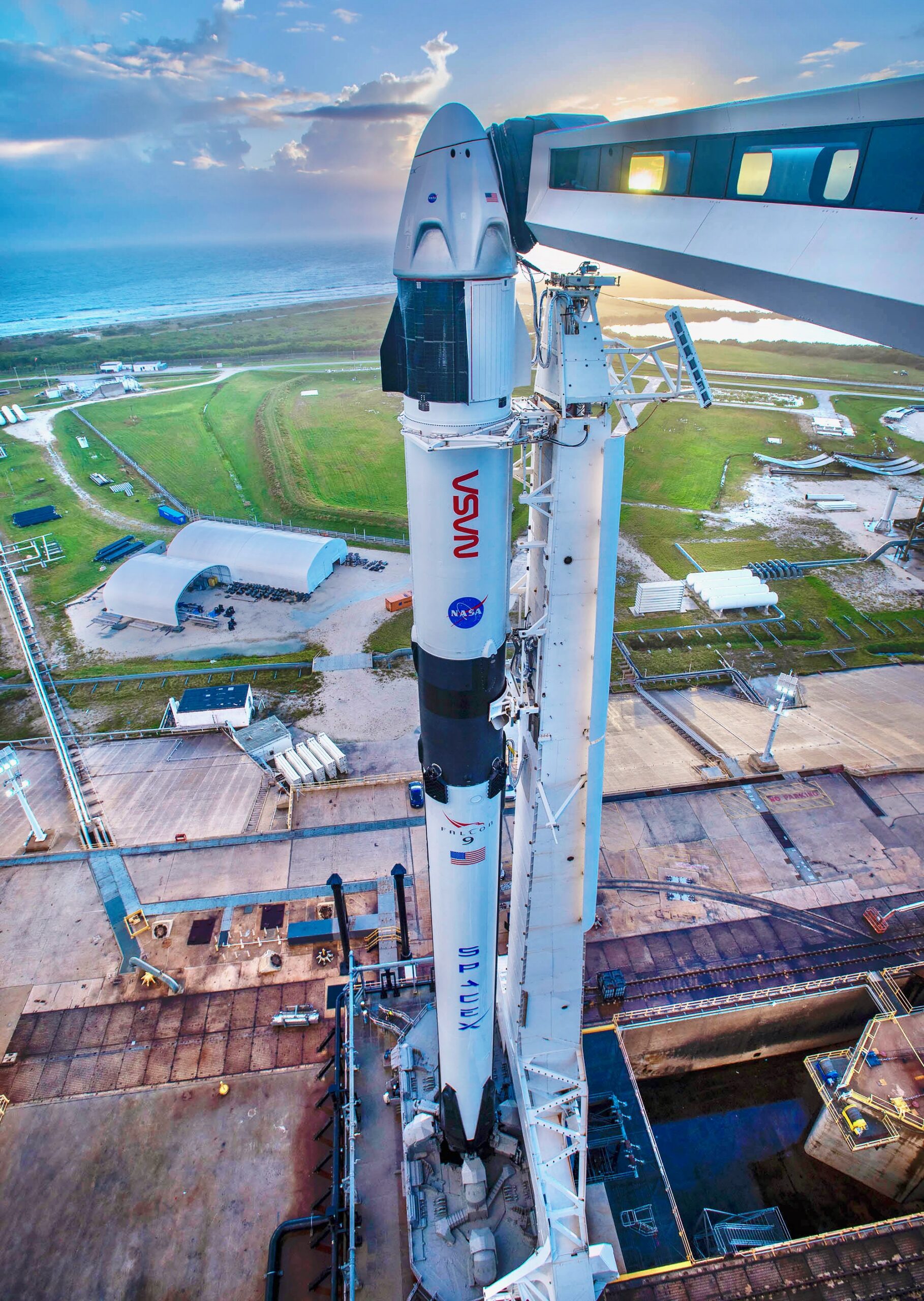Discover the remarkable journey of SpaceX as it redefines the boundaries of space travel and ignites a new era of exploration.
Imagine a world where humans can travel to distant planets, where satellite networks span the cosmos, and where the sky is no longer the limit. This dream is now a reality, thanks to SpaceX, the groundbreaking aerospace company founded by Elon Musk. With an unwavering commitment to innovation and a relentless pursuit of excellence, SpaceX is revolutionizing space travel one launch at a time. Journey with us as we explore the incredible story of SpaceX.
Humble Beginnings In 2002, Elon Musk established SpaceX with the bold mission to make space exploration accessible and affordable. A former internet entrepreneur, Musk channeled his fortune into launching the fledgling company, determined to turn science fiction into reality. Initially met with skepticism, SpaceX forged ahead, fueled by Musk’s vision and the team’s passion for space exploration.
First Steps Into Orbit After years of hard work and multiple setbacks, SpaceX made history on September 28, 2008, when its Falcon 1 rocket became the first privately-funded spacecraft to reach orbit. This monumental achievement signaled the dawn of a new era in space travel and paved the way for future milestones.
Joining Forces with NASA Recognizing the potential of SpaceX’s innovative technology, NASA awarded the company a $1.6 billion contract in 2008 to develop the Falcon 9 rocket and Dragon spacecraft. SpaceX’s collaboration with NASA proved fruitful, and on May 22, 2012, the Falcon 9 rocket successfully launched the Dragon into orbit, which later docked with the International Space Station (ISS). This marked the first time a private company had sent a spacecraft to the ISS, shattering long-held barriers in the space industry.
The Rise of Reusability SpaceX’s relentless pursuit of innovation led to a game-changing development: reusable rockets. On December 21, 2015, the company achieved another historic first by landing the Falcon 9’s first stage back on Earth after a successful mission. This breakthrough reduced the cost of space travel and laid the groundwork for a sustainable space exploration model. Today, SpaceX’s Falcon 9 and Falcon Heavy rockets have completed dozens of successful landings, both on land and at sea.
Falcon Heavy – The Powerhouse In February 2018, SpaceX unveiled its most powerful rocket to date, the Falcon Heavy. Boasting the capacity to lift more than twice the payload of its closest competitor, the Falcon Heavy opened up new possibilities for space exploration. In a breathtaking display of ingenuity, the rocket’s maiden flight carried Musk’s own Tesla Roadster into space, symbolizing the intersection of technology and the cosmos.
Starlink – Connecting the Globe With an ambitious goal to provide global internet coverage, SpaceX began deploying its Starlink satellite constellation in 2019. Today, thousands of Starlink satellites orbit the Earth, providing high-speed, low-latency internet to even the most remote corners of the planet. Starlink is not only bridging the digital divide, but also funding SpaceX’s larger vision of multiplanetary human existence.
Starship – The Next Frontier In 2020, SpaceX unveiled its most ambitious project yet: the Starship. Designed to be fully reusable and capable of carrying up to 100 passengers, the Starship will serve as the backbone of SpaceX’s future missions, including crewed flights to the Moon and Mars. As the Starship program advances through testing and development, the dream of human settlement on Mars is inching closer to reality.

